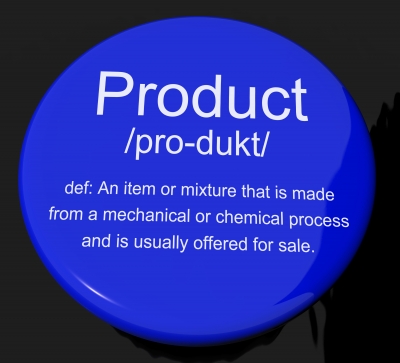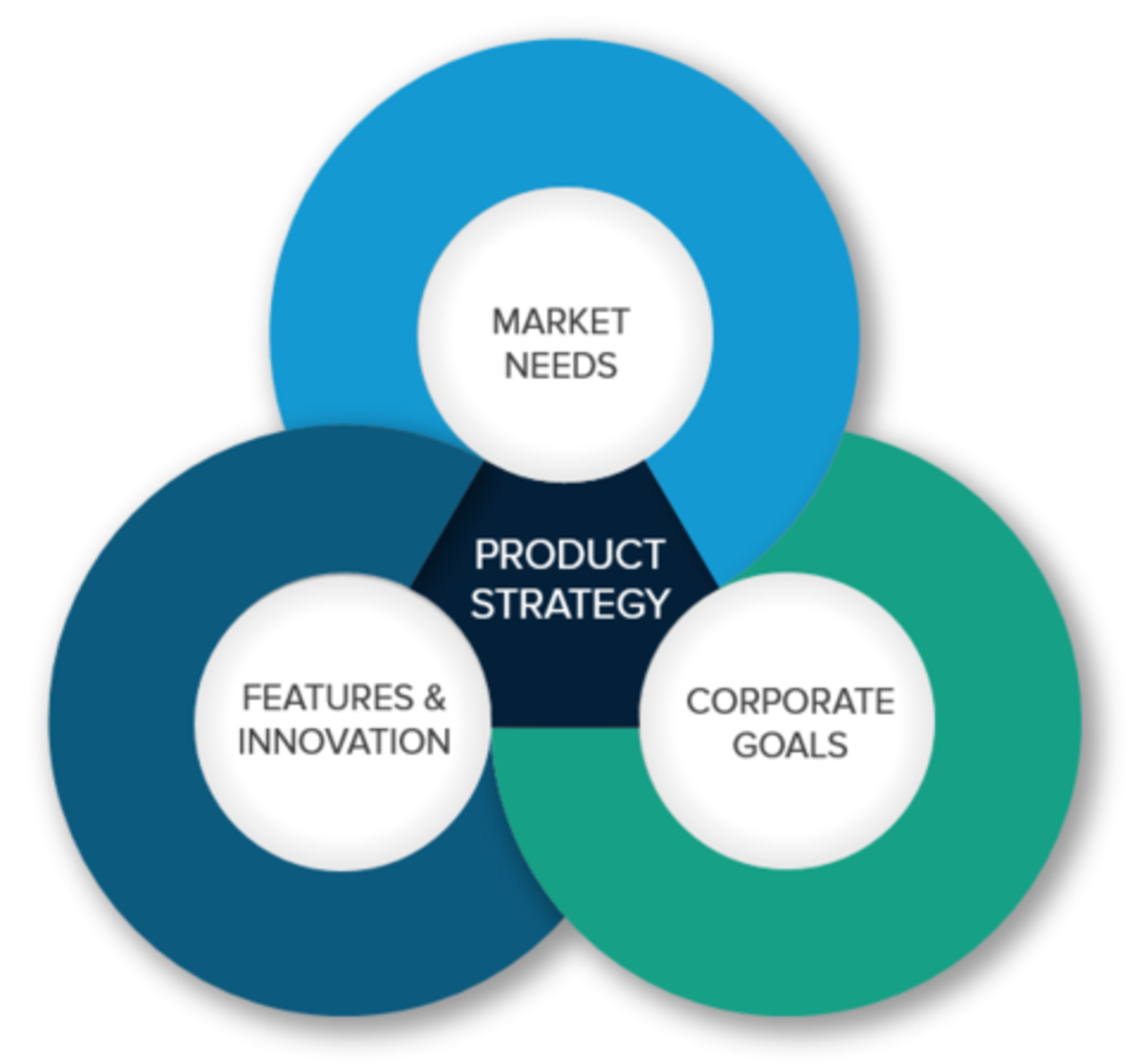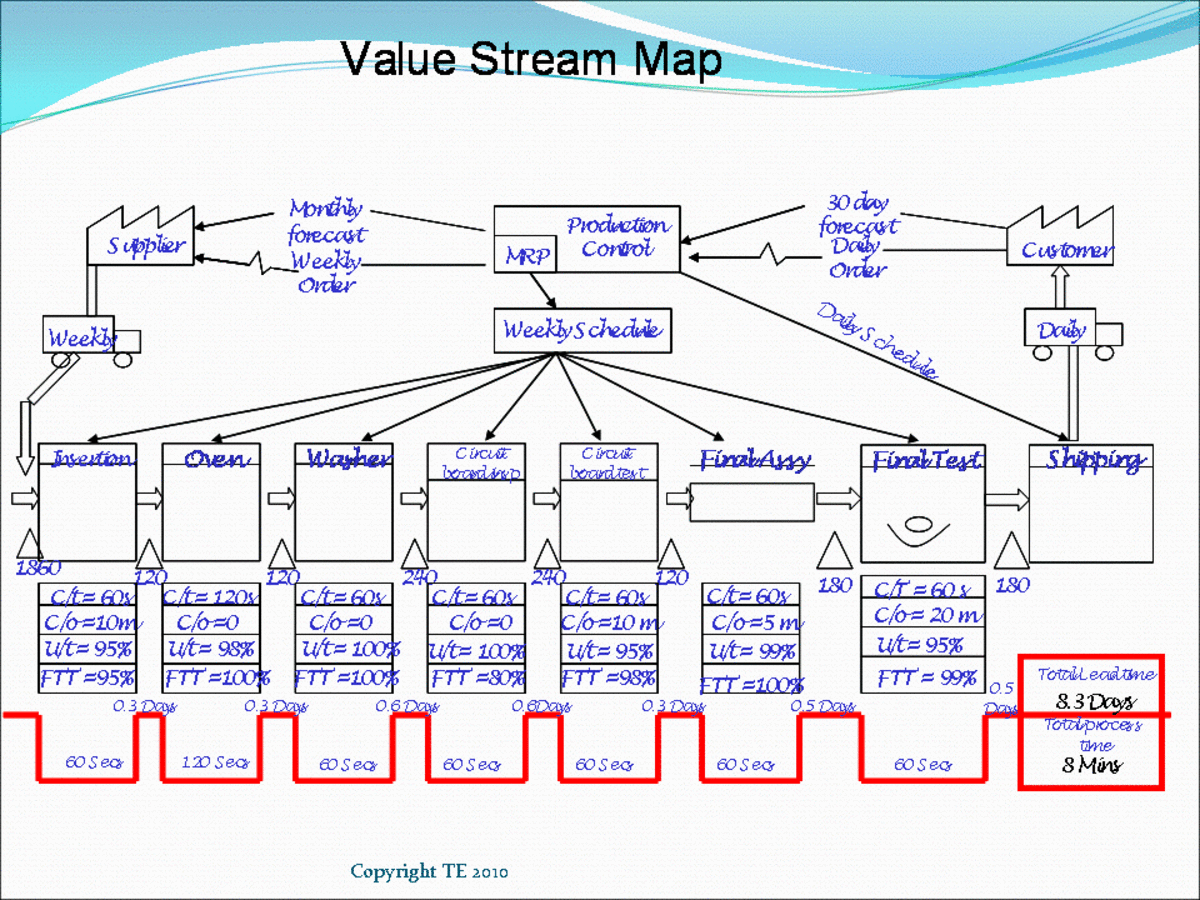Product Planning and Development

Concept of Product Planning
The marketing activities of many firms are organised along product lines. Some multiple-product producers, for example, maintain separate sales forces for each of the company's product lines. Manufactures, wholesalers, and retailers frequently have salesman and buyers who specialise in one or two products and operate as through they were running their own small business.
First we must decide what we mean by a "product" If we are selling a washing machine, are we selling a certain number of nuts and bolts, some sheet metal, an electric motor, a plastic agitator? If we are selling the detergent to be used In this washing machine, are we selling several chemical raw materials? If we are selling a delivery service, are we selling so much delivery truck wear a kid tear and operator fatigue?
The answer to all of these questions is No. In all cases, we are selling the satisfaction or use derived or expected from the purchase of the product. The housewife may not know and most likely doesn't care how a washing machine is put together or works. All she asks is that it do a good job of washing her clothes. The housewife who purchases the detergent, similarly, is only interested In Its washing ability, not the chemical names of its ingredients. The purchaser of the delivery service doesn't care how much out of the way the driver had to go or where he has been; he merely wants to be sure that the package is delivered.This concept of product - as customer satisfactions or benefits cannot be over stressed.
It should be further emphasized that the consumer buys the product not for its own sake, but for the satisfaction derived or expected to be derived from its use. An industrial buyer of steel does not buy for the sake of having a large stock in the warehouse, but rather in anticipation of its use in one of his own products. The farmer, similarly, buys fertilizer in order to increase his own production. Women buy lipstick not just to make their lips red WE for what they think it does n for them or what they hope It may lead to.

New Product and its Planing
What is a new product? There are several distinct ways in which it may be added to the product line, (and thus, become a new product) which may be summarised as:
i) Modification of an existing product (e.g., addition of a new ingredient in a toilet soap or tooth paste).
ii) Addition of a complimentary product (e.g., a variety or brand of beverage-range, or lime-in addition to the existing cola).
iii) Entry into a totally new market (e.g., a producer of stationery goods like pencils etc., enters the market for cosmetics).
iv) Development of a new market through the introduction of a totally new product (e.g., a sewing machine manufacturer introduces electrical fans).
There are both opportunities and risks involved in introducing new products. In the first case the risk is minimum since the market is not new and the product is also fairly established the change being only an ingredient of the product. The degree of risk increases in the remaining cases and in the last type of new product the risk is maximum since it exposes the firm to an unknown situation, besides some totally new products take time to establish themselves.
New Product Development
Steps for Seeking New Product Ideas -
'Locating, developing, and successfully marketing a new product is similar to th e market research process. As -attractive as a new product idea may be, it still must fit into the company's over- all product policy.
Whatever their source, they should be consumer rather than production oriented. For this exploratory stage, it probably would be desirable for most companies to set up a formal procedure for seeking and evaluating ideas.
The next stage would be the screening and evaluation of the various ideas and potential products.
The final steps is the testing of the new product against the general product policy, as well as more detailed considerations of consumer demand and production feasibility (formal research project). Detailed consideration of all of the factors to be considered In a new product appraisal are not appropriate here, as they are basically concerned with all four P's and the shaping of an effective marketing mix.
New-product development, however, is not a primrose path. The risks if innovation are as great as the rewards. A large percentage of new products fail in the market place, and a still larger number have to be dropped before commercialisation. They key to successful innovation lies in developing better organisational arrangements for handling new-product ideas and developing sound research and decision procedures.
The new-product-development process consists of eight stages: idea generation, Idea screening, concept development and testing, marketing strategy and commercialisation. The purpose of each successive stage is to decide whether the idea should be further developed or dropped. The company seeks decision criteria for each stage that minimise the chances of poor ideas moving forward and good ideas being rejected. The last stage, commercialisation, involves the introduction of the products that have passed the previous tests; it is benefited by marketing planning and strategy based on an understanding of the consumer adoption process.







